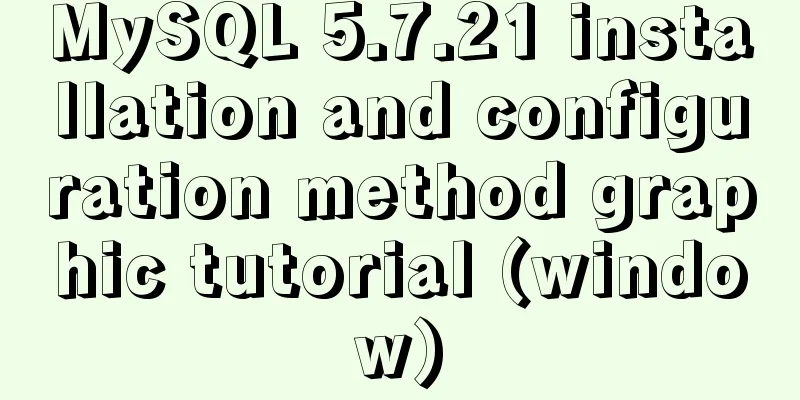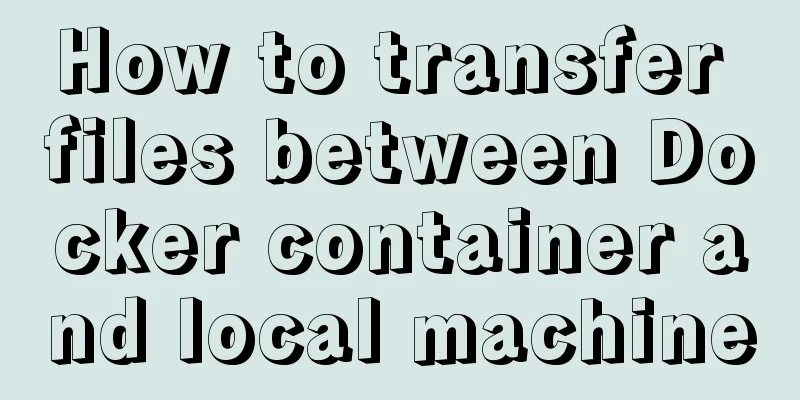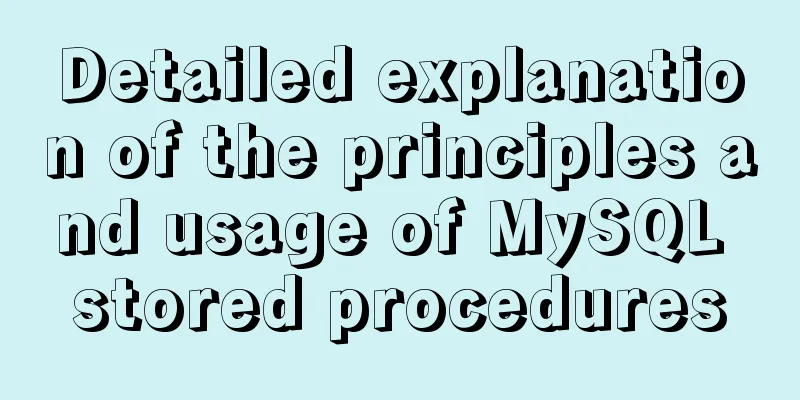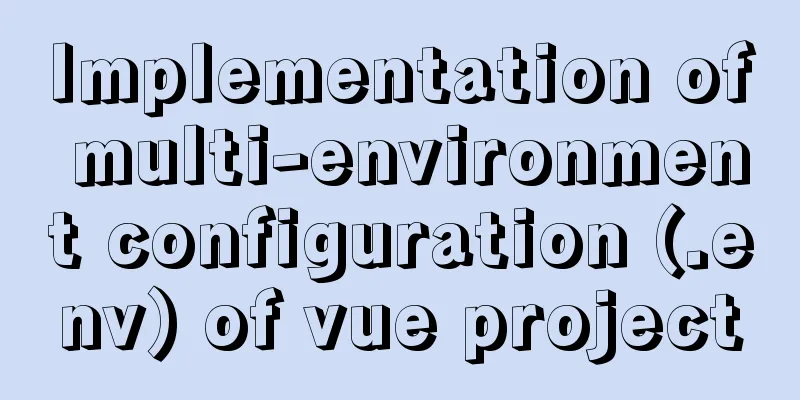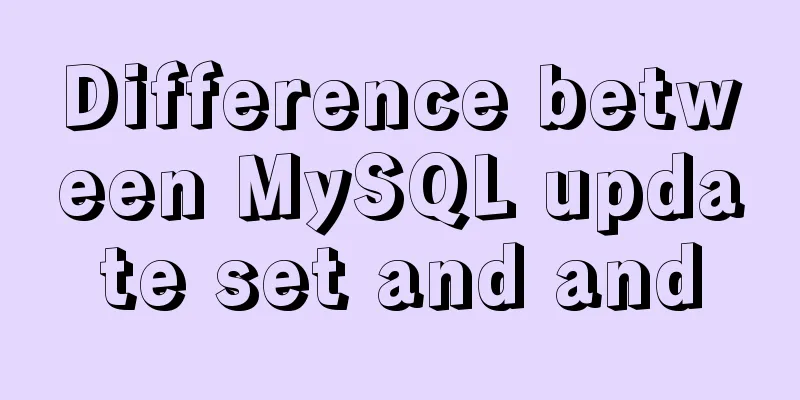Implementation of Docker deployment of Tomcat and Web applications
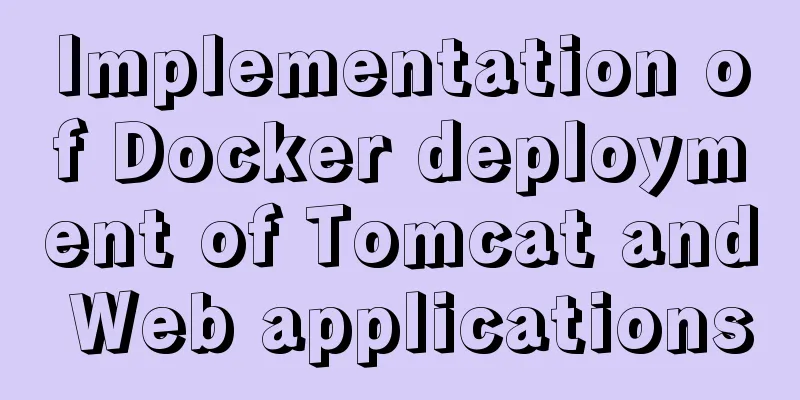
|
1. Download docker online yum install -y epel-release yum install docker-io # Install docker chkconfig docker on # Add service to boot docker start # Start docker service 2. Install Tomcat container with docker 2.1. Find the server's tomcat information # docker search tomcat
2.2 Download the official image with the highest Starts docker pull docker.io/tomcat 2.3 View all docker images docker images
2.4 Start tomcat docker run -p 8081:8080 docker.io/tomcat # If the port is occupied, you can specify the mapping port of the container and the host. The former is the external access port: the latter is the internal port of the container
2.5 After startup, you can access 192.168.138.132:8080
3. Deploy your own web reference docker ps # Use the following command to view the running container
3.1. Upload your own war package to the host
3.2. Execute and view the address in the container comcat docker exec -it 3cb492a27475 /bin/bash #The one in the middle is the container ID (CONTAINER_ID)
3.3 Drop the war package to the host machine, then drop it into the container and drop it into tomcat/webapps docker cp NginxDemo.war 3cb492a27475 :/usr/local/tomcat/webapps 3.4. Start tomcat or restart docker restart [container id] docker run -p 8081:8080 docker.io/tomcat 3.5 Check if the image has been started docker ps
3.6 Execute and view the project in the container comcat docker exec -it 3cb492a27475 /bin/bash #The one in the middle is the container ID (CONTAINER_ID) cd /webapps ls # You can view our project 3.7 The above execution has a disadvantage that the project will no longer exist after the container is restarted. The following is method 2 to start by mounting docker run -d -v /usr/docker_file/NginxDemo.war:/usr/local/tomcat/webapps/NginxDemo.war -p 8080:8080 docker.io/tomcat 3.8 The first two methods are recommended to be used in a test environment, since the code needs to be modified frequently. Method 3 can be used in production. This is also the method recommended by the official website vi Dockerfile from docker.io/tomcat:latest #your tomcat image MAINTAINER [email protected] #author COPY NginxDemo.war /usr/local/tomcat/webapps #Place it in the webapps directory of tomcat
3.8.1 Generate a new image: docker build -t nginx-demo:v1 .
3.8.2 Start a new image docker run -p 8080:8080 nginx-demo:v1
other # Basic information View docker version # View the version number of docker, including the client, server, dependent Go, etc. docker info # View system (docker) level information, including managed images, number of containers, etc. The above is the full content of this article. I hope it will be helpful for everyone’s study. I also hope that everyone will support 123WORDPRESS.COM. You may also be interested in:
|
<<: VMware kali virtual machine environment configuration method
>>: Using react+redux to implement counter function and problems encountered
Recommend
A brief discussion on MySQL index optimization analysis
Why are the SQL queries you write slow? Why do th...
Practical record of optimizing MySQL tables with tens of millions of data
Preface Let me explain here first. Many people on...
Basic operations of MySQL data tables: table structure operations, field operation example analysis
This article uses examples to describe the basic ...
MySQL explain obtains query instruction information principle and example
explain is used to obtain query execution plan in...
Nginx http health check configuration process analysis
Passive Check With passive health checks, NGINX a...
Summary of knowledge points about covering index in MySQL
If an index contains (or covers) the values of ...
11 Examples of Advanced Usage of Input Elements in Web Forms
1. Cancel the dotted box when the button is press...
Handwritten Vue2.0 data hijacking example
Table of contents 1: Build webpack 2. Data hijack...
Skin change solution based on Vue combined with ElementUI
Table of contents Written in front Solution 1: Us...
Vue component library ElementUI realizes the paging effect of table list
ElementUI implements the table list paging effect...
Example of implementing text wrapping in html (mixed text and images in html)
1. Text around the image If we use the normal one...
mysql replace part of the field content and mysql replace function replace()
[mysql] replace usage (replace part of the conten...
How to install mysql in docker
I recently deployed Django and didn't want to...
Solution to the problem of saving format in HTML TextArea
The format of textarea can be saved to the databas...
CUDA8.0 and CUDA9.0 coexist under Ubuntu16.04
Preface Some of the earlier codes on Github may r...











